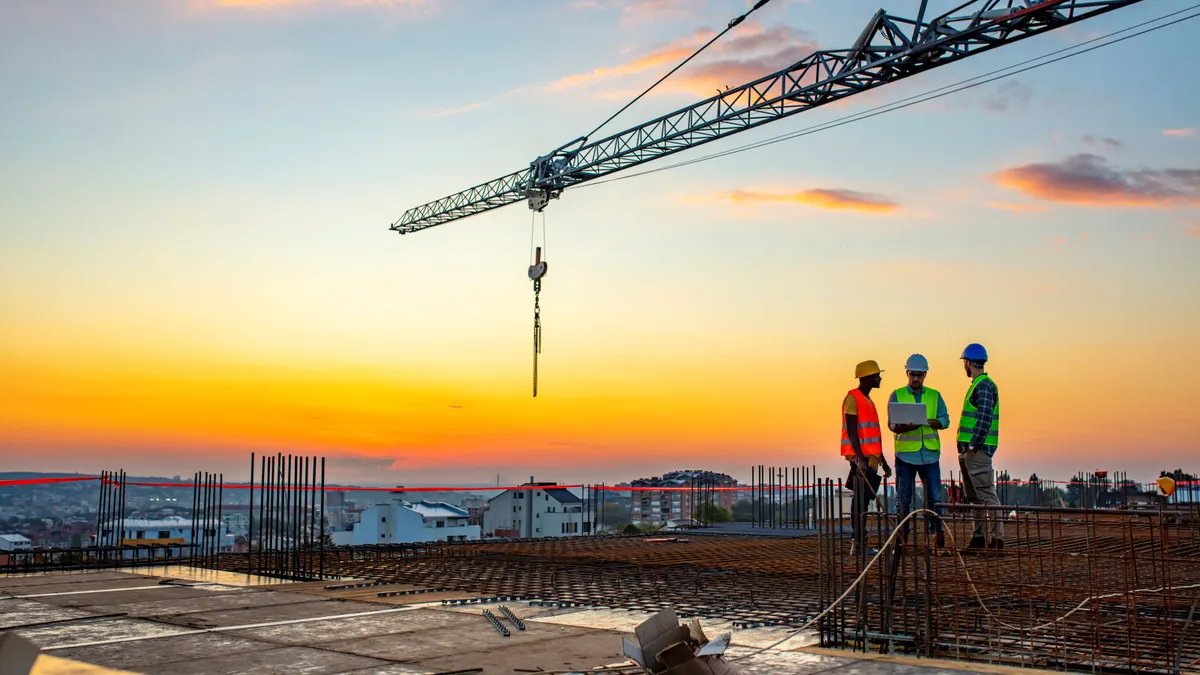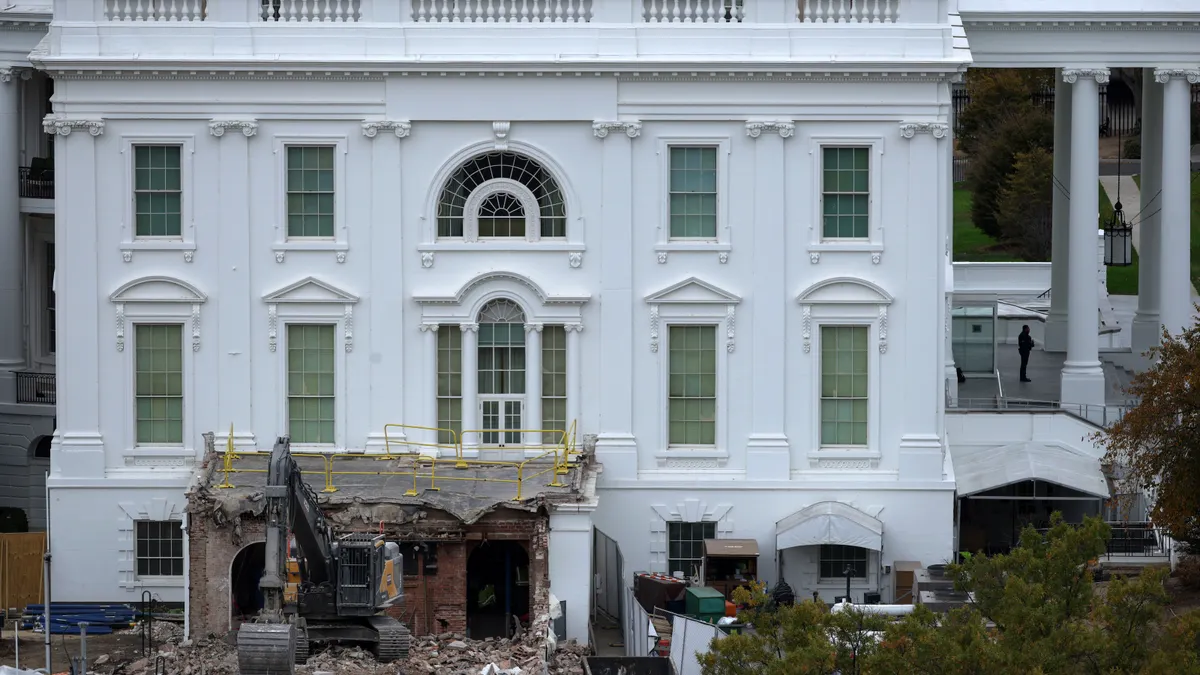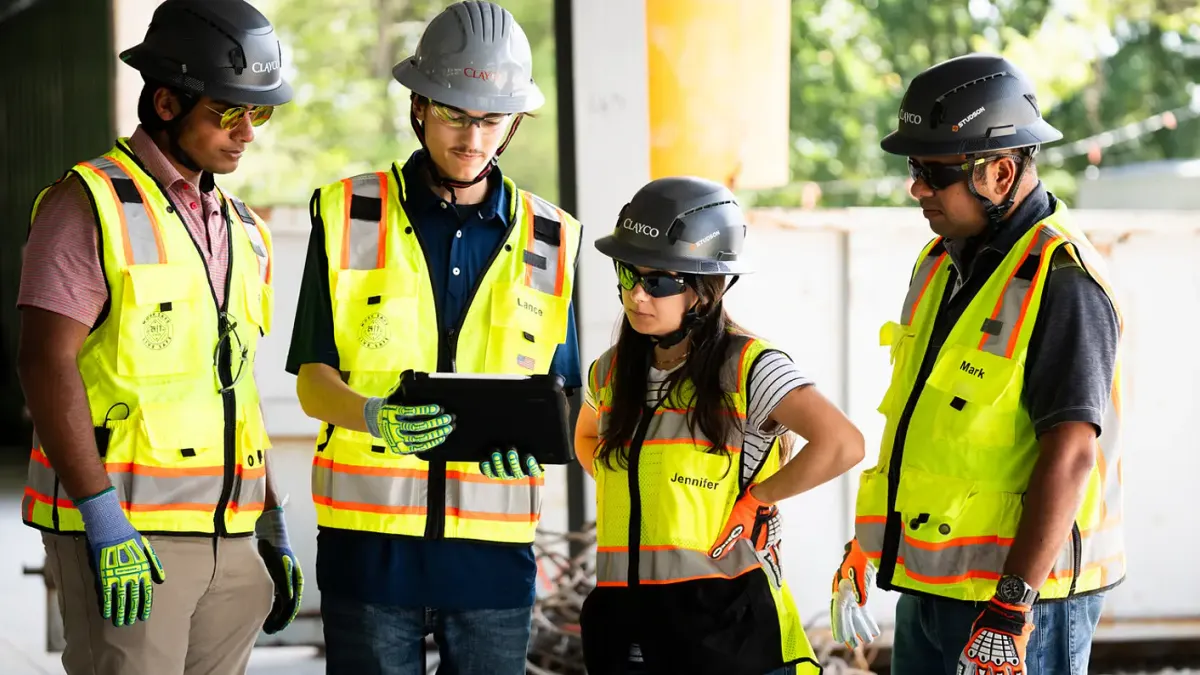Dive Brief:
- Rider Levett Bucknall’s biannual Crane Count shows the number of cranes in 16 major North American cities are down 44%, or by 8 cranes, when compared to the previous report in the first quarter of the year.
- Seven of the surveyed cities declined more than 20% from their previous count, according to the report. The drop was not universal, however, as Chicago, Denver, San Francisco and Calgary, Alberta, saw their crane counts increase.
- Paired with data from the global construction consultant’s Q3 Quarterly Construction Cost Report, the results show that increased national pricing contrasts with fragmented activity in select metro areas, demonstrating a “unique paradox,” according to a Rider Levett Bucknall news release.
Dive Insight:
Among major markets, New York City saw its number of cranes drop from nine to six between Q1 and Q3, per the report. The mix of crane projects in New York includes two commercial, three mixed-use and one residential job spread across different neighborhoods, which shows dispersed activity, according to RLB.
The Big Apple’s drop is a reversal from its gains in Q1, and indicates slowing momentum as a result of higher interest rates, financing constraints and project completions.
Los Angeles also experienced a drop in cranes — decreasing from 42 to 26 — but there was also reason for optimism. RLB pegged the change to major commercial and cultural projects wrapping up and noted transportation activity has picked up modestly in the interim.
US crane count dips again
The report also features crane counts for three new U.S. cities — Austin, Texas; Nashville, Tennessee; and Miami.
Amid the declines, some markets shined. For example, Denver is riding high with a 50% increase in cranes from Q1, according to the report. The spike came largely from mixed-use residential projects with ground-floor retail. In addition, the area is transitioning from its past residential boom to a more diversified construction pipeline for the area, with several large master-planned communities in the future, the report said.
Other bright spots came among some growing sectors across surveyed cities. Those include education, federal and transportation, per the report. Sport, mixed-use and residential projects are also holding steady. However, markets such as commercial, civil and industrial are showing declines, according to the report.
Amid these fluctuations, contractors face a bifurcated market, the report concluded.
“The balance between declining and rising crane counts points to a transitional phase, where developers are weighing opportunities against ongoing financial pressures,” wrote Taryn Harbert, RLB associate principal, in the report.















